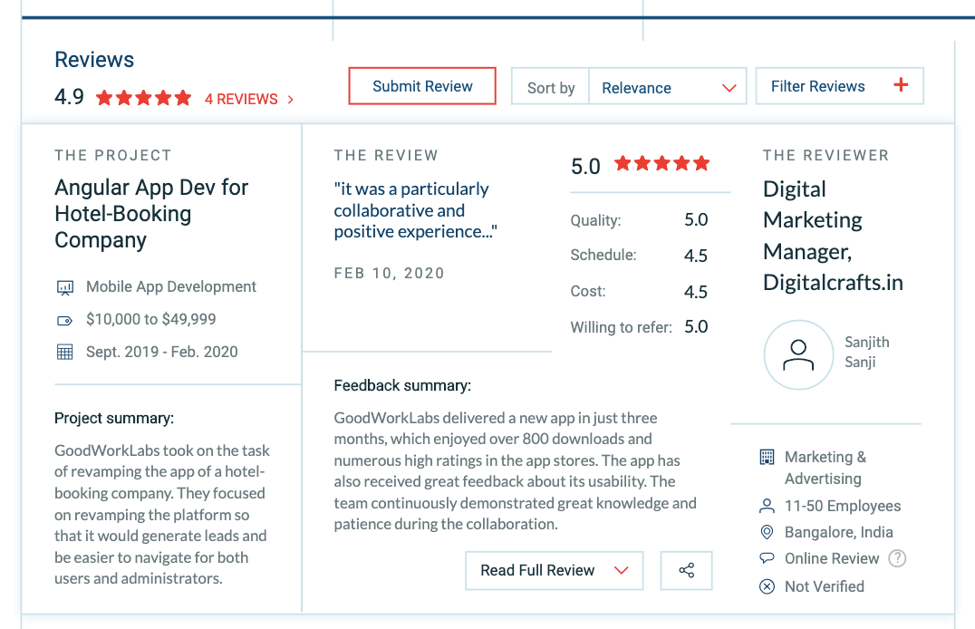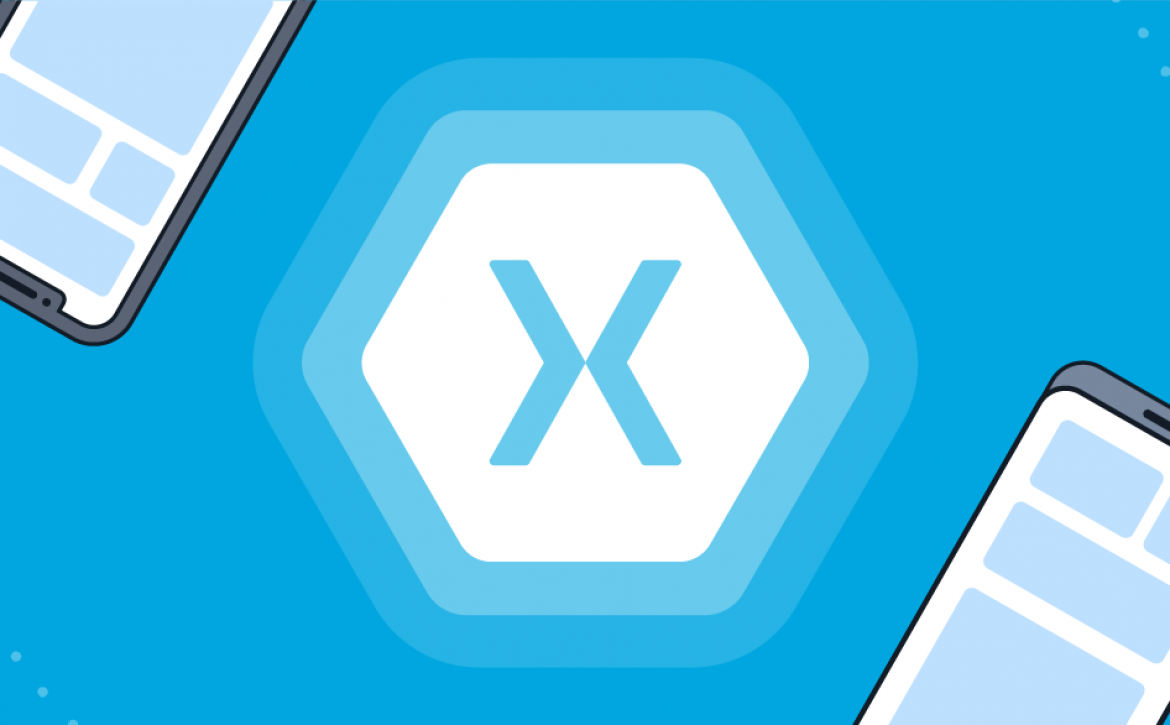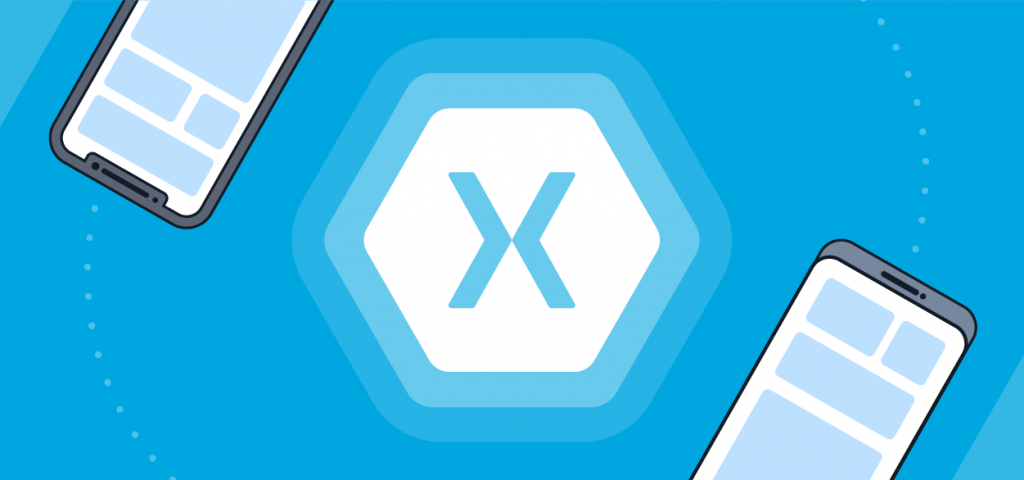Cross-platform is commonly used by app developers to cut down on the development time and produce cost-effective results. However, cross-platform app development can lead to several performance & UX-related problems.
Cross-platform app development is the process or approach to develop applications that can run on multiple platforms. These applications use a reusable code that can reutilize to create the same form for several platforms. However, this method of approach comes with its advantages and disadvantages.

Let’s discuss in brief the pros and cons of cross-platform app development.
Pros
Reusable Code
One of the most significant advantages of this method of app development is the reusable code, which the developer can use across different platforms. Therefore, instead of developing separate applications for separate platforms, the developer can use and customize one code for different platforms. Moreover, the same code can be utilized for future projects as well.
Reduced Time
As mentioned above, the reusable code enables developers to use one code across all platforms. Doing so results in a significant reduction in development time and allows developers to complete development projects quickly.
Cost-Effective
Since one code can be used across all platforms, app owners don’t need to spend money on hiring separate developers for different platforms. Doing so saves a hefty amount of money. For instance, iPhone app development and android app development, if done separately, gets expensive.
Easy Development Process
Cross-platform app development makes the overall development process easy, resulting in a pleasant time for both developers and business owners. The cross-platform development framework supports HTML5 and CSS3, making it easy for developers to use.
Enhanced Market Reach
One of the limitations of single platform development is limited reach. If an application is developed specifically for iPhone, Android, or Windows, users will not be able to access it. And since single platform development is costly, app owners refrain from developing the same application on different platforms.
But cross-platform development enables app owners to launch the same application on all the platforms, enhancing the user base and market reach, which otherwise restricted in a single-platform application.
Integration with Cloud solutions
Cross-platform applications can integrate with various frameworks that offer several plugins to the developers for improving aesthetics, app functionality, and validity.
Simple to Update
Cross-platform applications are easy to edit and update. Since all the apps use a standard code, the update can follow across all platforms, which results in seamless operations.
Cons
Although cross-platform development comes with a bunch of exciting benefits, there are a few drawbacks to this approach as well, as discussed below.
Challenges in switching the platform
Almost all cross-platform frameworks use their JavaScript subsets, which may cause problems in the reusable code. The issues arise while switching to another platform; the reusable code becomes unusable.
Lengthy Integration Process
Another problem with cross-platform applications is the time-consuming integration process. The integration process with local settings and preferences is not easy and might require the support of third-party cloud providers to resolve the storage difficulties.
Limited Updates
The operating system may not support all the features a framework uses. For example, if IOS releases an update or adds a new element, you have to update the iOS version of your application accordingly. However, you cannot do the same with an android application until Google releases a similar update.
Sluggish Code
Cross-platform app development is not as easy as it seems, especially for novice developers. Developers need to use several cross-compliance during the development process that might lead to a sluggish code, and thereby a slow application.
The point of concern as a decision-maker or developer, how do you solve the problem of creating your mobile application for multiple platforms?
It has become an essential element for any organization, whatever its size. Some companies can focus on one operating system (operating system) and avoid all others. Nevertheless, many companies must focus on a multitude of mobile devices with different operating systems. Today, it’s vital for the app to support Android gadgets, iPads, Windows Phone, Amazon Kindle, tablets, BlackBerry, and more.
One of the most challenging situations for application developers is developing a native mobile application and using it on multiple platforms. Of course, as a business, you have to deal with different types of customers with varying types of devices. As a result, you need a mobile application that can work seamlessly on almost any platform (for example, Android, iOS, Windows, etc.).
Whether your company creates a mobile app for application stores or in-house use, you often face the challenge of developing it for multiple platforms. In general, this means targeting both iOS and Android devices.
Let’s understand cross-platform apps
In an apt scenario, cross-platform applications run on multiple operating systems with a single code base. There are two types of cross-platform applications.
- Native Cross-Platform Apps
- Hybrid ‘HTML5’ Cross-Platform Apps
Cross-Platform Apps
The majority of the mobile operating system has its own Software Development Kit (SDK) for creating mobile applications. These SDKs also have preferred programming languages, supported by the operating system vendor. As we know, for iOS Objective-C and Swift are the recommended programming languages supported by Apple, while for Android, Java is the preferred language supported by Google. Typically, applications framed with these languages using the official SDK are known as native applications.
Nevertheless, it is possible to use APIs (Application Programming Interface) furnished by the native SDK, in other programming languages that are not compatible with the operating system vendor. These are the way native “multi-platform” applications created. Typically, a third-party provider chooses a programming language and makes a unified API over the native software development kit availed by the various operating system vendors. With this unified API, it is possible to cater to multiple operating systems with a single code base. Because the final application produced still uses native APIs, cross-platform native applications can achieve near-native performance without any visible straggle for the user.
Some widely used cross-platform framework include
React native leverages the best parts of native development with React, considered best-in-class JavaScript library for building user interfaces.
React Native can use in your existing Android and iOS ongoing development projects, or you can start the development from scratch.
Consistency in terms of UI and UX on both Android and iOS across multiple devices is one of the critical benefits of react-native.
How React Native Enables Low-Cost App Development
React Native competitive advantage is its low-cost development. Following are key features which enable in cost reduction;
- Reusable Components
- Smooth Debugging
- Less Operational and Maintenance Cost
- A Single and Robust UI/UX
- Affordable Way to Market
Based on: HTML5, CSS3, JavaScript and SASS.
Ionic is one of the most popular cross-platform frameworks built with Angular and Apache Cordova; it felicitates the ability to develop apps for multiple mobile platforms in the most efficient manner. Apps developed using the Ionic cross-platform framework can run on iOS and Android.
Ionic apps use regular web technologies like HTML, CSS, and Angular and designed like web applications. But Cordova, which it depends on, enables it to make use of the device’s native features.
- Hiring a new set of developers is not required. The existing web developers can transition easily to developing mobile apps with ionic since they make use of similar technologies.
- Ionic makes use of web technologies, so it’s handy to work with it.
Like Titanium, NativeScript aims to make Web-based programming available for application development. Telerik announced NativeScript, a company famous for its suite of GUI components for enterprise applications in 2014. It uses JavaScript as its primary development language. The native script also supports TypeScript, Angular, and uses CSS for style. In comparison to the other technologies mentioned above, NativeScript is relatively new, but it has a lot of potentials.
QT is a cross-platform workstation development library in the industry, launched 21 years ago, in 1995. QT supported iOS and Android cross-platform applications in 2013. QT encompasses C ++ with Qt Meta Language or Qt Modeling Language – Which is a markup language similar to HTML for creating cross-platform applications. Still, by default, the Qt GUI components do not adhere to iOS and Android, and C ++ is not a handy programming language because of its vast syntax, manual memory management, and compatibility issues. QT can be quite productive if there are hands of experienced C ++ programmers.
RubyMotion is the primary language for development. One of the earliest actors in this field. When they announced for the first time in 2012, it was only related to iOS but has supported iOS and Android since 2014. Rubymotion needs a separate GUI code for iOS and Android. Nevertheless, business logic can be reused on all platforms.
Hybrid ‘HTML5’ cross-platform Apps
Mobile applications are graphical interface applications. Most of the mobile apps rely on core web services for much of their business logic. Approximately speaking, in mobile applications, especially in the area of business process automation, almost 60% of the code deals with the creation and management of the graphical interface.
As we know, iOS, Android, and Windows Phone all have a very advanced browser component in their SDK. By leveraging this Web View component, programmers can implement standard HTML5 Web technologies to design and program elements of their application. In the end, the use comprises at least one native frame and HTML / JavaScript code executed in a web view. That’s why they are called “hybrids.” Application features that require sensor input, such as geolocation, camera, or lower-level features, such as file system access, primarily use a native JavaScript bridge provided by the infrastructure of the hybrid application.
Apache Cordova, originally called PhoneGap (launched in early 2009), is the most popular multiplatform hybrid framework. It is compatible with most major operating systems for modern smartphones. Because in hybrid cross-platform frameworks, HTML and CSS used to generate a graphical interface, almost all of it can utilize on different operating systems.
In hybrid applications, HTML, CSS, and JavaScript code furnishes with the app. As a result, there is no lag in loading UI-related code, as you experienced when loading Web sites on the network. On powerful and modern phones, it is possible to create a user-friendly interface with HTML5 technologies. With Cordova, primarily for B2B applications, it is possible to reuse the code between 80% and 90% on all platforms.
On the contrary, some programming languages used in native app development are:
- Java
- Python
- PHP
- Ruby
- C++
- JS
The Ending Note
Cross-platform development is a breakthrough technology that allows small business owners to reach a large number of the target audience with a single application. Moreover, this process helps them save a significant amount of time and money, as well. It is also a lot easier to make a mark on app marketplaces of google play store and apple app store. It has a broader user base owing to the opportunity to reach a more general audience.
However, in the case of a few businesses or applications that offer a plethora of sophisticated features, cross-platform development can have some challenges. Therefore, it is essential to contemplate the pros and cons before selecting a suitable development process for your application.
Contact Us!




















